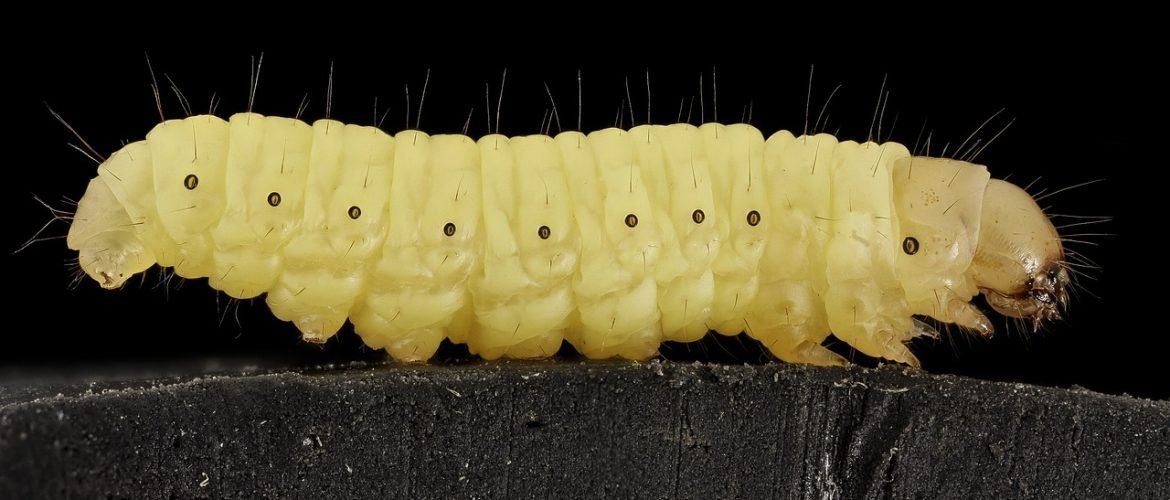Researchers at Cambridge University have discovered that the larvae of the moth which eats wax in bee hives can also degrade plastic. Experiments show the insect can break down the chemical bonds of plastic in a similar way to digesting bee’s wax. A waxworm, the larvae of the greater wax moth will be the hero of Earth’s plastic story defeating the villain!
The researchers were particularly interested in how this caterpillar, together with the microorganisms in its gut — its microbiome could break down and metabolize plastic. That work included separating out the bacteria from the wax worm’s gut and growing it on its own in the lab. They found that one particular species of bacteria could indeed survive on nothing but plastic for a year.
But it wasn’t just a miracle bacteria behind the diet. Instead, the scientists discovered a very close working relationship between the caterpillar and its gut microbes. Both can consume plastic on their own. However, when the two work together it rapidly accelerates the plastic bio-degradation.
How much plastic can a group of very hungry caterpillars eat?
According to the scientists, about 60 waxworms chewed through a matchbook-sized square of plastic bag in under a week. Clearly, the world would need a lot of caterpillars to solve its plastic problems.
However, Waxworms are not an immediate solution to plastic pollution!
Source: BBC



